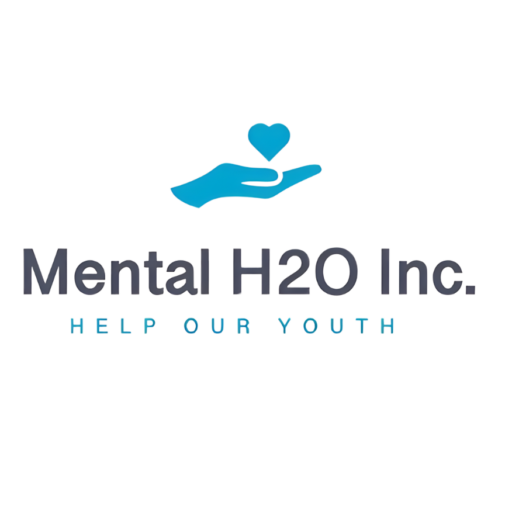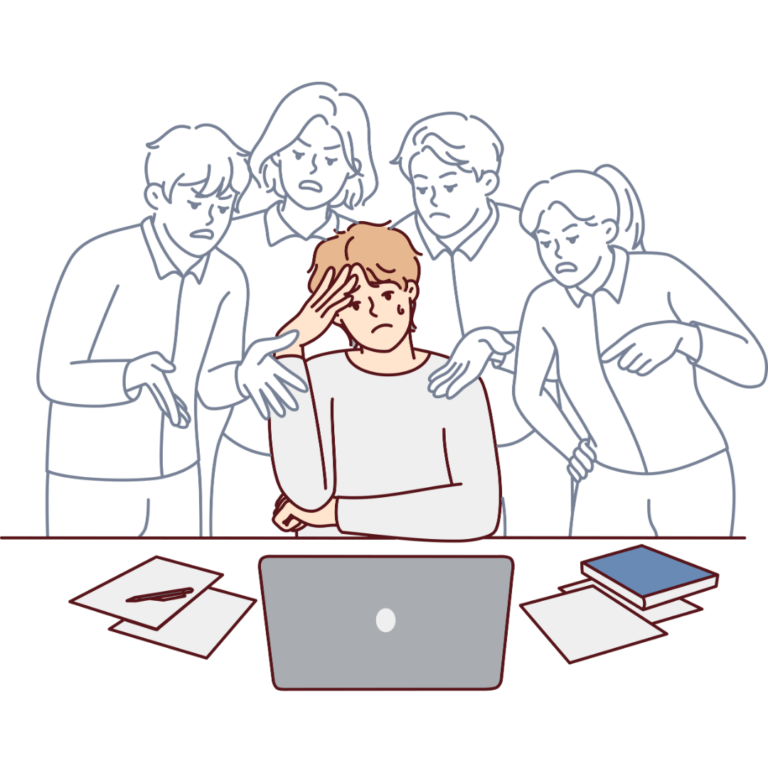We’ve all seen plenty of shows and movies that highlight the importance of taking care of our mental health and reaching out for help. But, on the other hand, the media has also stigmatized mental health and led many individuals to discriminate against individuals who struggle with mental health. Furthermore, this media has affected our conception and outlook on this topic as well.
Positive Representations and Accurate Portrayals:
There are many examples of the media raising awareness about the reality of mental illnesses, how they can be recognized, how individuals can take steps toward recovery, and more.
- Accurate Deceptions: There have been many movies that shed light on and portray characters with mental disorders accurately. Films such as The Perks of Being a Wallflower, which is about a teenager struggling with PTSD while navigating his way through high school. There’s also Bojack Horseman, which delves into complex mental health topics without undermining the seriousness and the work that comes with dealing with these struggles.
- Individuals are more than their diagnosis: Many shows emphasize the fact that the characters are more than just their diagnosis. They’re more than just a person with anxiety, they’re just people living their lives with their own hopes and dreams. A great example of a portrayal of this in the entertainment industry is the Netflix series Atypical. This is a beautiful show about an individual diagnosed with autism who navigates through life’s ups and downs, making friends and memories along the way. This show also touches on dealing with stress and anxiety through side characters, telling the audience that it will be okay.
- Promoting Dialogue: Positive media representation can also spark conversations about mental health. Through apps such as Spotify, youtube, apple podcasts, and more, individuals speak up about mental health and offer advice on different things they have been through as well. Through this, many people feel heard and understood. Along with that, people who offer advice and speak up offer a safe space for people who may be struggling.
- Promoting advocacy: The rise of media campaigns helps people advocate for mental health and raise funds for mental health initiatives as well. These campaigns have proven to be highly useful when it comes to encouraging people to ask for help when they’re struggling.
Negative Representations with Inaccurate Portrayals:
Along with the positive effects of the media’s representation of mental health, they can have a just as powerful role in influencing people’s opinions of different mental health topics as well. According to the National Institute of Health, negative media images affect people with mental illnesses profoundly; they impair self-esteem, help-seeking behaviors, medication adherence, and overall recovery.
- Stereotypes and Misconceptions: According to the National Alliance on Mental Illness, this is by describing people with mental illnesses as ‘helpless’, or portraying them as individuals with little chance of recovery. When in reality, this couldn’t be further from the truth. This perception of mental health and recovery is what’s stopping people from asking for help and reaching out to their loved ones. Having a mental illness doesn’t make an individual ‘helpless’, it may be something an individual has to live with but that doesn’t m
- Trivialization and Sensationalism: Trivializing mental health issues in the media has become a problem. Characters in shows and movies will often brush over these important issues, undermining the significance of these problems leading the consumers and audience to believe the same and replicate their carelessness in real life. Along with undermining an issue, sensationalism is also an issue in journalism. Sensationalism is the use of shocking or exaggerated language to engage the audience at the expense of the accuracy of a story. According to the National Alliance on Mental Illness, journalists and the media sometimes use words such as, ‘crazy’, ‘psychotic’, and more derogatory language without realizing the negative impact it has on many individuals.
- Lack of Diversity: The media sometimes fails to recognize the diversity of mental illnesses and tends to focus on topics such as anxiety and depression whereas other issues should be recognized as well, such as BPD, schizophrenia, and more. Furthermore, these portrayals sometimes lack diversity in socioeconomic backgrounds. Failing to capture the different experiences of many demographic groups.
- Misleading Information: Through social media, everyone has been exposed to all kinds of information, in which some of the ‘facts’ aren’t 100% true or are completely false. This array of information includes harmful advice, incorrect self-diagnosis, ‘quick-fix’ suggestions, negative portrayal of therapy, and more. Along with social media, films and TV shows depict psychiatric hospitals as violent and neglectful; this can create fear and distrust in the mental health care system as well.
What can we do?
There are many ways, positive and negative, in which the media can affect an individual’s point of view of mental health and their depiction of treatment and diagnosis and more. So, we have to look out for exaggerated scenes in movies or writing in articles and the news in order to not allow the media’s portrayal to control our thoughts on these topics.
Written By: Poorvi Deshpande, Mental H2O Youth Resource Writer
Resources:
Nami. (2024, February 7). Stigmatizing Media Portrayals: What Can We Do? NAMI. https://www.nami.org/advocate/stigmatizing-media-portrayals-what-can-we-do/
Swaim, E. (2023, July 25). Types of Stigma and Steps to Stamping It Out. Healthline. https://www.healthline.com/health/what-is-stigma#types


